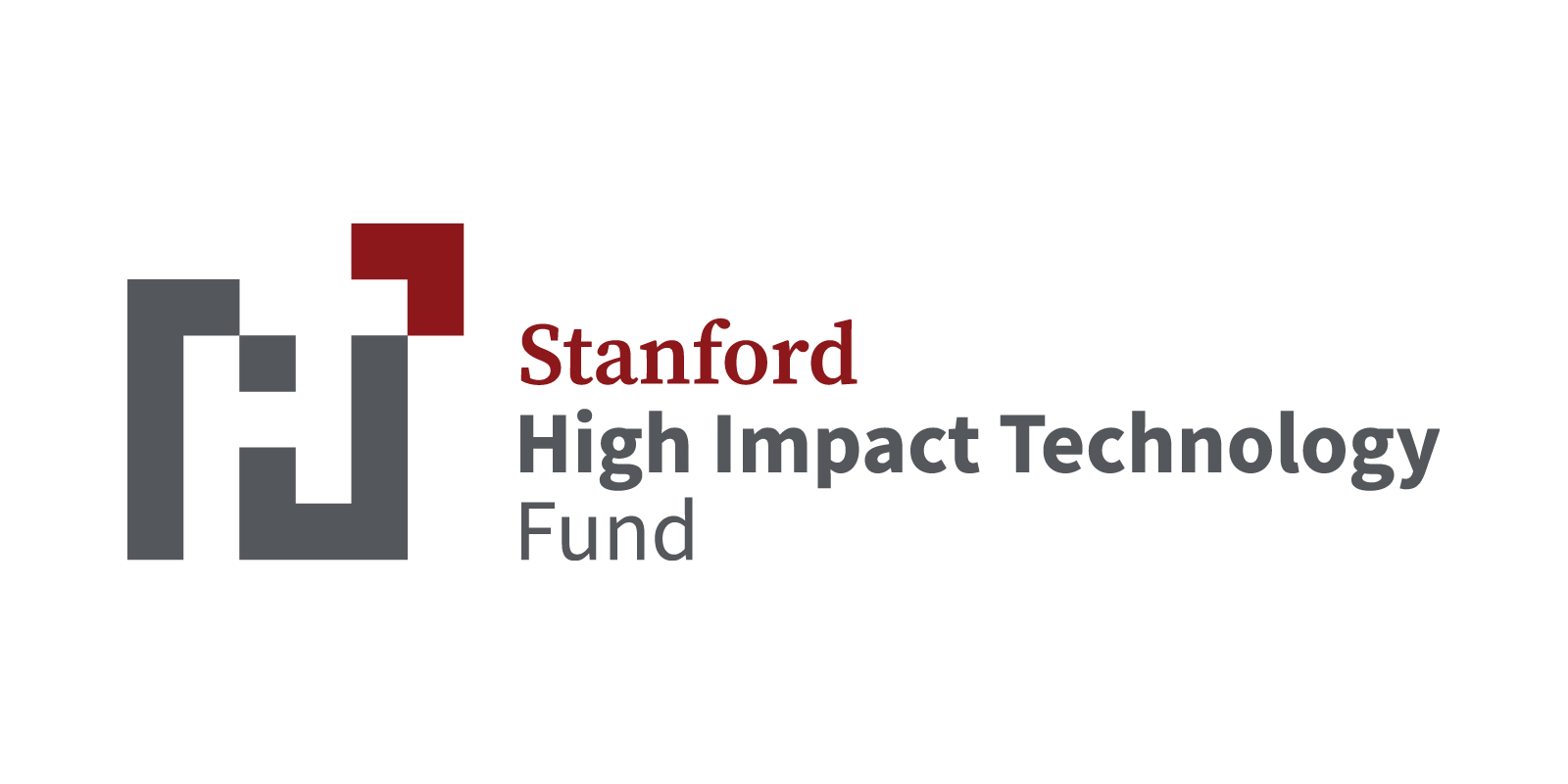Sustainable chemical manufacture

Credit: fietzfotos/Pixabay.com
Developing a plasma-based technology to sustainably generate valuable industrial chemicals, such as fuels, plastics, and fertilizer.
About the Technology

The world faces two major challenges: reducing greenhouse gas emissions and meeting the increasing demand for energy. Traditional processes for producing industrial chemicals ( Fuels, Plastics, Fertilizers) rely heavily on fossil fuel feedstocks and contribute to global emissions and environmental pollution. We aim to tackle these problems by developing an innovative plasma-based technology that converts excess, intermittent electricity and sustainable gases (Air, CO2) and liquids (water) into valuable industrial chemicals, significantly reducing greenhouse gas emissions and promoting renewable energy adoption by replacing traditional processes.

Team Members

Postdoctoral Scholar
View Stanford Profile
Press
Stanford engineers design clean fertilizer that mimics lightning (via Stanford Daily)
Publications
Sze C, Wang B, Xu J, Rivas-Davila J, Cappelli MA. Plasma-fixated nitrogen as fertilizer for turf grass. RSC Adv. 2021 Nov 24;11(60):37886-37895.
Related Web Links
Making Agriculture More Sustainable (via Stanford Woods Institute for the Environment)

